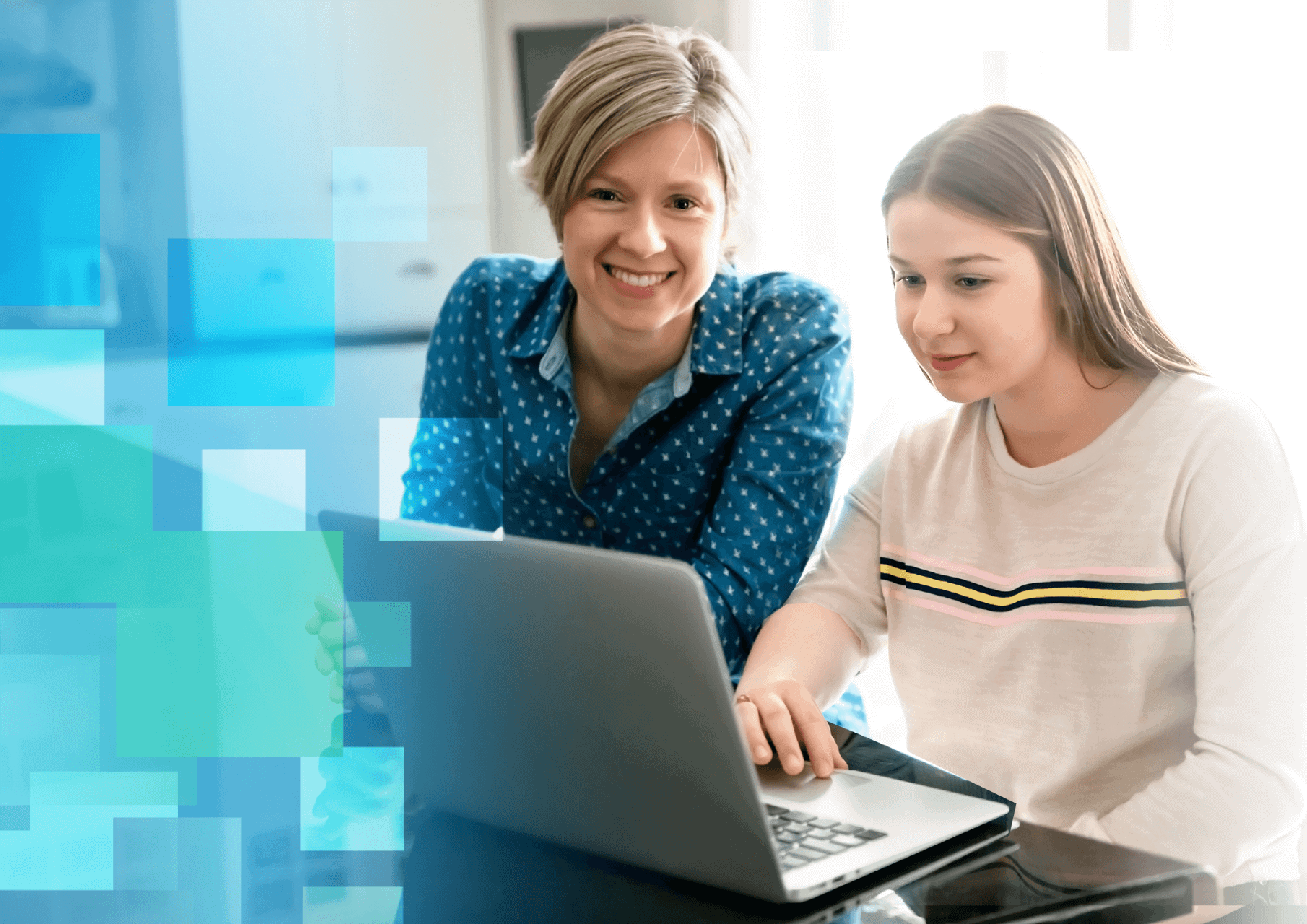A science course where students are exposed to rocket science, hands-on learning, and become virtual astronauts! With so much to cover, this course has been expanded into 2 semesters!
Total classes: 14
Prerequisite: All virtual astronauts should report for duty with their imaginations and a love for learning. General familiarity with spacecraft and the related subject areas is a plus, but not required.
>> Software Installation — All are HIGHLY RECOMMENDED but NOT REQUIRED <<
[1] Installation of the FLDIGI (Fast and Light Digital modem program) for the purpose of processing real ground-based and satellite radio signals. Version 3.21.78 (or greater) as a free download from http://www.w1hkj.com website.
[2] Installation of the Orbiter Space Flight Simulator (free download from http://orbit.medphys.ucl.ac.uk)
[3] Celestia 3D astronomy software (free download at http://sourceforge.net/projects/celestia/).
[4] Orbitron astronomy software (free download at http://www.stoff.pl/).
Suggested grade level: 6th to 12th
Suggested credit: One semester science
Description
This course is a jam-packed assortment of space-related sciences taught by a former NASA Space Shuttle Engineer. The variety of topics covered in this course could each be courses in themselves. The approach taken here is to present some very interesting aspects of the subjects in a way that doesn’t over-simplify the topics. Recognizing that homeschool students are exceptionally bright and are capable of understanding the fundamentals of complex subjects and researching additional material, the course material will be presented in a manner that captivates the child’s attention, makes them more aware of the depth of knowledge still to be gained, and then shows them how to learn more by providing a plethora of resources that the child will explore on their own and with the collaboration of fellow students.
Outline
The following topics are dispersed throughout the semester and are subject to re-ordering for a timely response to relevant real-life events (e.g. eclipses, space weather, rocket launches, scientific discoveries, etc.)
-
Introduction; course expectations; Famous Catholics in space; Software application introductions
-
Virtual Astronaut “Ground School” and “Flight Training”
-
Spacecraft Systems – Navigation, Life Support, Communications, Electrical, Propulsion, Structural, Thermal Protection, and more
-
The fallacy of science fiction “gravity” and how real spacecraft can emulate gravity
-
OSS: Simulation of Spacecraft Systems
-
Launch and Ascent to Orbit via real-life video/images and simulating it in the OSS
-
How to analyze basic OSS spacecraft data
-
How spacecraft maneuver in space; Conducting basic maneuvers in the OSS
-
More maneuvers in space; OSS: Rendezvous with on-orbit object
-
OSS: On-orbit Docking: Alignment, Orientation, and approach velocities
-
OSS: Trans-Lunar trajectories (going from Earth to the Moon and back)
-
OSS: Interplanetary trajectories (going to other planets within the solar system)
-
Tracking satellites and the International Space Station (ISS)
-
Starlink Internet – An example of a “satellite constellation”
-
Radio signals: Wavelengths and their properties and uses
-
How “space weather” affects the Earth, radio signals, and human beings
-
Using web-based software defined radio sources and the FLDIGI software to find and decode ground-based and satellite radio signals
-
The Celestia 3D astronomy software
-
The Solar System
-
Solar and Lunar Eclipses: What are they and how to predict them
-
How scientists are discovering planets around other stars
-
Prepare for Full Lunar Eclipse on the morning of November 8th, 2022
-
OSS: De-orbit and landing
Materials and Homework
Course materials: See prerequisite section for a list of required software applications. Extensive handouts, online resources, and software applications are to be utilized. Encouraged experimentation may require the purchase of supplies, but this is optional and at the discretion/interest of the student and parent.
Homework: Assignments and durations will vary based on subject area (1 to 3+ hours per week). Where applicable, assignments will have a Catholic theme to them. Assignments may include, but are not limited to,
(1) Moodle Quizzes — answering questions related to topics covered during the lectures
(2) Researching related materials
(3) Using the Orbiter Spaceflight Simulator to accomplish a mission using newly gained knowledge of orbital mechanics (astrodynamics)
(4) Using online software defined radio stations and FLDIGI to tune in ground-based and satellite radio signals
(5) Using Celestia 3D space-related software applications to learn more about planetary motion and the occurrences of eclipses
(6) Tracking the current and predicted location of satellites and the International Space Station
(7) Interacting with fellow students in the Moodle forums (asking and answering questions)


 This is our catalog of courses. We will occasionally adjust the course listing to reflect the addition of new courses and the retirement of others.
This is our catalog of courses. We will occasionally adjust the course listing to reflect the addition of new courses and the retirement of others. 
